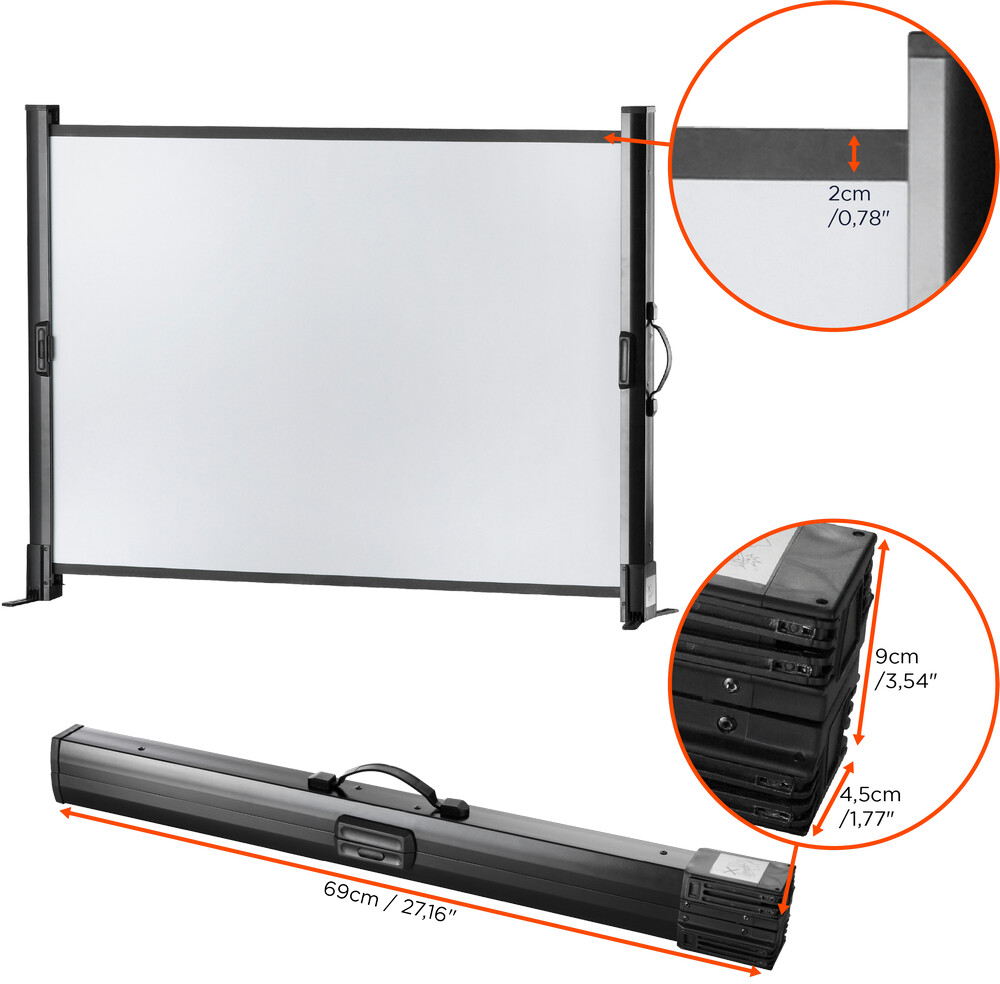celexon table top Mobil Professional-Series
Discover the versatile world of the celexon table screen Mobil Professional! This mobile table screen offers a multitude of advantages for your presentations. It is portable, easy to handle and flexible in terms of size adjustment. The high image quality and robust construction make it the ideal choice for professional use. Immerse yourself in the world of high-quality visual presentation technology and impress your audience. Order today and take your presentations to the next level!

2 Products
Sort by:











